News |
Marjolein Dijkstra new Scientific Director Debye InstituteOn 26 January 2015, Prof. Marjolein Dijkstra was appointed Scientific Director of the Debye Institute for Nanomaterials Science by dean Gerrit van Meer. With this appointment, Prof. Marjolein Dijkstra succeeds Prof. Krijn de Jong, who was Scientific Director for the past 3 years. The appointment is for the period February 1, 2015 to February 1, 2018. The Debye Institute is an interdisciplinary research institute that involves participation of the groups from Chemistry and
Physics. The Scientific Director is alternately from each of the concerned departments. March 22nd, 2011: PhD Defense of Peter van Oostrum Using Light Scattering to Track, Characterize and Manipulate Colloids Colloidal particles are about as large as the wavelength of light. The scattering of light by these particles is a rich and interesting phenomenon. During my PhD I have used the scattering of light by colloids in various ways. First of all I co-developed a new method to analyze in-line holographic micrographs. Our particles are illuminated with a collimated laser beam. Part of the light is scattered and interferes with the remaining, not-scattered, light. This interference pattern is called a hologram. By combining Mie theory and the well known interference, it is possible to calculate holograms. We minimize the difference between an experimental hologram and a calculated hologram. Doing so, we can determine the particle's lateral position to within 1 nm, and, more interestingly to within 10 nm in the axial direction, from a single snapshot. Using a fast CCD camera it is then possible to track colloids in space with unprecedented accuracy and speed. This fitting procedure also gives the radius and the refractive index of the individual particle to about 1 %. The same scattering behaviour that we use to track and characterize the colloids can be used to exert forces on them using optical tweezers. I performed extensive calculations of the forces exerted by optical tweezers on various colloids, including colloids with a core-shell structure. We used optical traps to measure colloidal forces between PMMA particles in CHC. A more sensitive measurement can be achieved when the particles diffuse freely while they move under influence of interaction forces between them. From the statistics of many holographically measured trajectories one can measure the interaction forces between the colloids with fN accuracy. We demonstrated that this technique allows measuring the screened charge interaction between colloids in various solvents.
January 2011: Synthesis of monodisperse silica rods Synthesis of monodisperse, rodlike silica colloids with tunable aspect ratio
We have succeeded in synthesizing colloidal silica rods that spontaneously form a smectic phase. These particles can be viewed in 3D with a confocal microscope enabling studies of the phase behaviour and dynamics of concentrated suspensions of rodlike particles. 30-6-2009: Publication in PNAS: Melting and crystallization of colloidal hard-sphere suspensions under shear Observations were made of a concentrated suspension of colloids undergoing shear. This is made possible by an advanced, home-built shear cell placed on a confocal microscope. A low shear rates we find that the order among the particles will gradually increase until a colloidal crystal is formed. At higher shear rates the crystal will shear melt again. However, the order shows very large fluctuations. Apparently, the crystal is never completely melted, but ordered domains keep appearing now and then.
11-2-2007: Towards a photonic band gap for visible light We have discovered a route by which crystals having a complete photonic band gap in the visible could be self-assembled from colloids. It makes use of the MgCu2 Laves phase, which consists of two sublattices, each of which can be used to make a photonic crystal after selective removal of the other:
A more detailed account can be found in our press release:
English or
Dutch. Also read the News&Views article on this topic by D. J. Norris. 18-07-2006: Thermally excited capillary waves are suppressed by shear flow by Didi Derks, Dirk Aarts, Daniel Bonn, Henk Lekkerkerker, and Arnout Imhof. A FOM press release explains our findings in non-scientific Dutch.
08-03-2006: Prediction and observation of crystal structures of oppositely charged colloids A.-P. Hynninen, C.G. Christova, R. van Roij, A. van Blaaderen, and M. Dijkstra, accepted in Physical Review Letters (2006)
06-12-2005: Antti-Pekka Hynninen received his doctorate cum laude. 08-09-2005: SCM group publishes an article in Nature on "Ionic colloidal crystals of oppositely charged particles"
05-07-2005: SCM group is awarded a prestigious TOP grant by the
Netherlands Organisation for Scientific Research (NWO). Please read the NWO press release (in Dutch). 8-04-2005: Phase diagram of dipolar hard and soft spheres:Manipulation of colloidal crystal structures by an external field, Antti-Pekka Hynninen and Marjolein Dijkstra, Physical Review Letters 94, 138303 (2005) Please read the press release by FOM. 22-11-2004: Dirk Vossen earns his doctorate cum laude ! 30-6-2004: UU awards High Potentials subsidy to Marjolein Dijkstra, RenÚ van Roij and Arnout Imhof ! Please read the press release by Utrecht University. 30-1-2003: A colloidal model system with tunable interactions Watching crystals grow and melt by tuning the interation potential:Anand Yethiraj and Alfons van Blaaderen, Nature 421 (30 January 2003), 513 - 517 Read more in AMOLF highlights (in English), Persbericht (in Dutch), or Bild der Wissenschaft (in German). Click here for a cool picture! 13-01-2003: Epitaxial growth of charged colloids See how surface templates produce three-dimensional order in colloids!J. P. Hoogenboom, A. Yethiraj, A. K. van Langen-Suurling, J. Romijn, and A. van Blaaderen, Physical Review Letters 89, 256104 (2002). Click here for a cool picture! 05-04-2002: A new way to build binary colloidal crystals The journal Science has published our layer-by-layer method to build binary colloidal crystals:K.P. Velikov, C.G. Christova, R.P.A. Dullens, and A. van Blaaderen, Science 296, 106 (2002). Click here for a cool picture! A press release can be found here (in Dutch). 18-03-2002: Krassimir Velikov defends his thesis And successfully, too! Krassimir now has his PhD. 11-06-2001: Soft Condensed Matter Online Our easy-to-remember web address: www.colloid.nl 29-03-2001: Poster prijs Peter Vergeer
29-03-2001: Oratie Alfons van Blaaderen: Klik hier voor het nieuwsbericht
20-04-2000: Minerva Prijs Marjolein Dijkstra
Klik hier voor de tekst |
| modified: 25-04-2018, 12.29 |

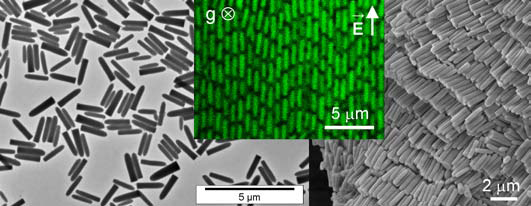
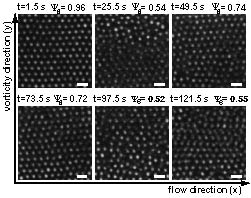
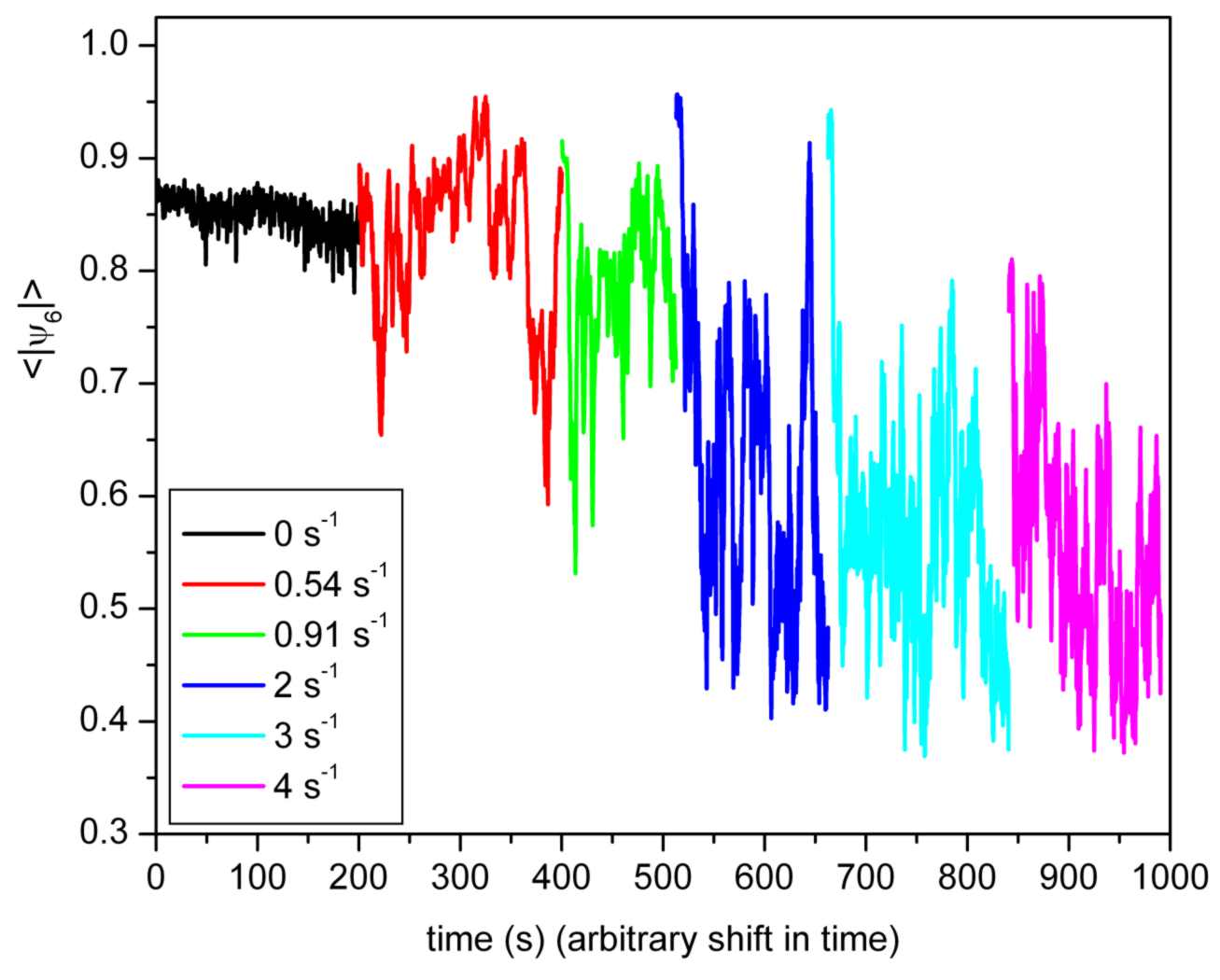


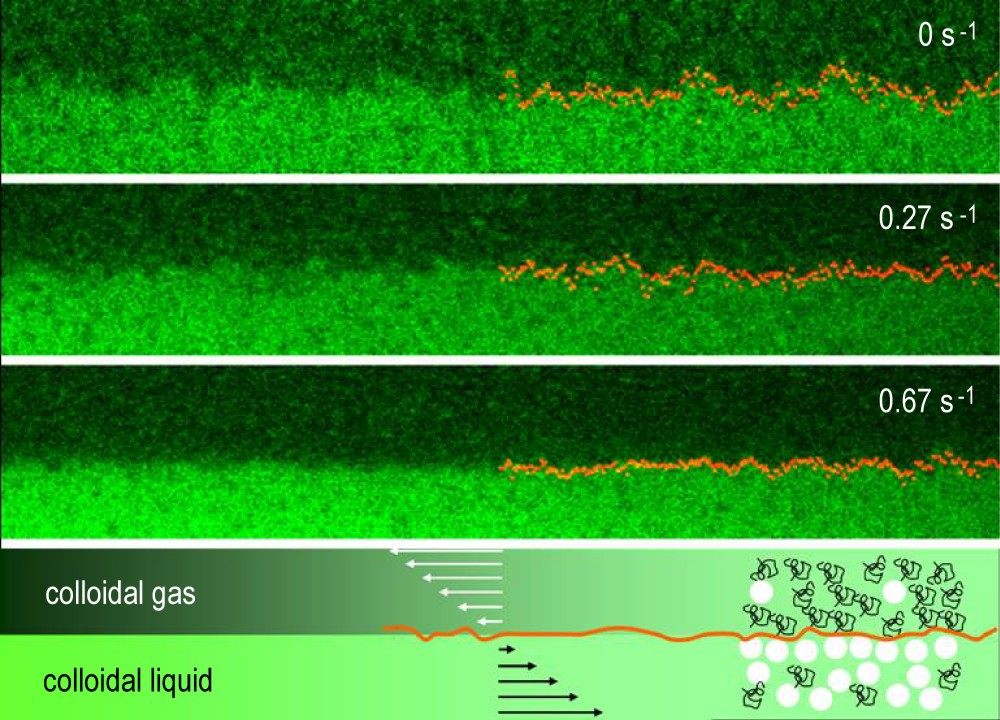
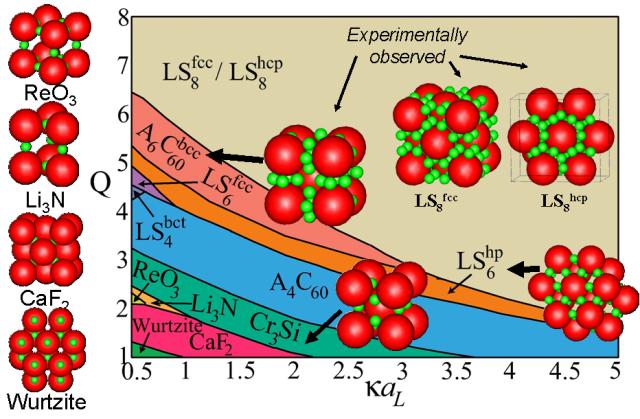
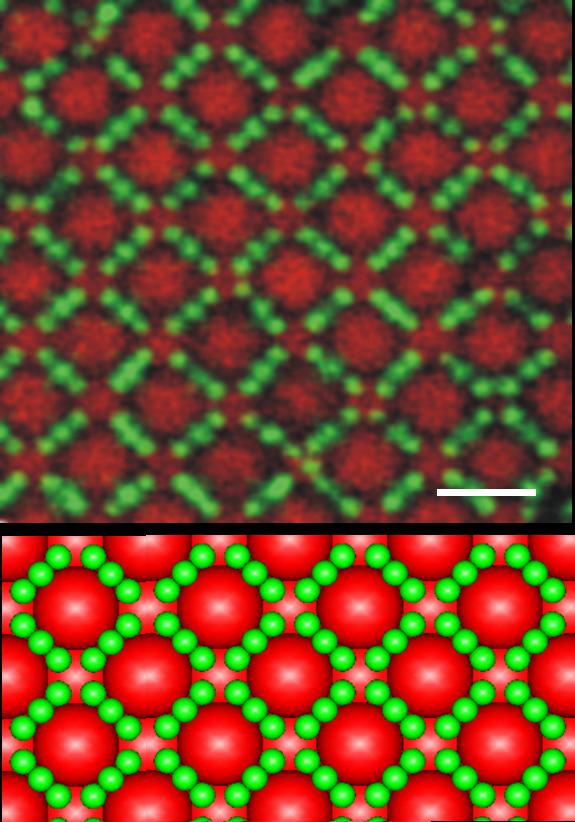
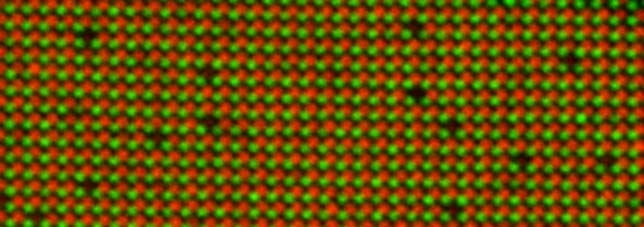 Please read the full story in our press release
Please read the full story in our press release